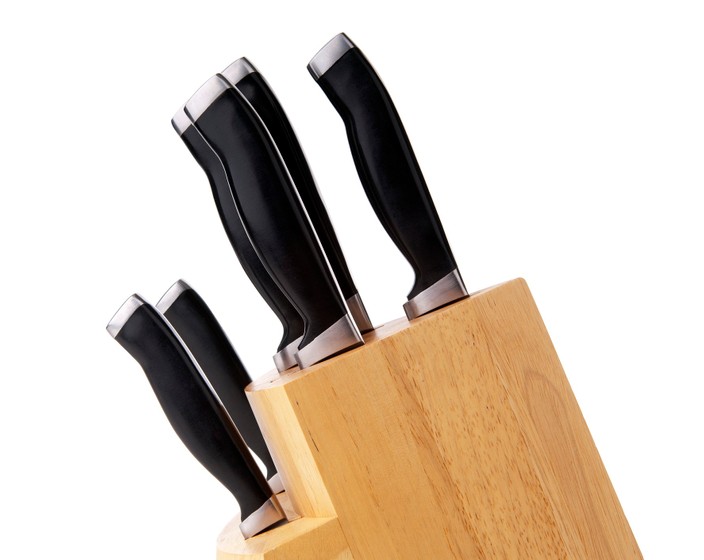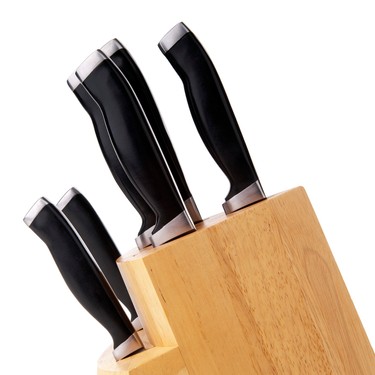How to Take Care of a Kitchen Knife




A good chef’s knife is a treasured addition to any amateur kitchen. What do the professionals recommend when it comes to proper use and maintenance? Questions for Marco Guldimann, bladesmith.
What do you need to keep in mind if you have a good kitchen knife?
This goes for all knives: Never put them in the dishwasher! This is because the acids, alkalis and salts that are present in dishwasher detergent attack the steel, especially the extremely fine cutting edge.
Even stainless steel knives?
Yes. There is no such thing as a one hundred percent stainless chrome steel knife. Even when no rust is visible, the aggressive detergents still damage the outermost layer of the steel and dull the knife.
What is the advantage of using a knife that is not made of stainless steel?
Carbon steel can be used to achieve incredibly fine cutting geometries without creating a fragile or unstable blade. The finer the geometry, the lower the resistance and wedge effect. The types of steel I use for knives also allow them to retain their sharpness for longer. The knives I produce are almost exclusively non-stainless steel.
Regardless of whether they are stainless steel or not, how should good kitchen knives be washed?
Always wash knives with lukewarm water as soon as possible after cutting, occasionally using a drop of detergent. And most importantly: dry them right away.
Some cooks sharpen their knives daily. Is that necessary for amateur chefs?
No, I don’t think so. Sharpening should only be done as often as necessary. It is usually enough to get a knife sharpened by a professional every few months. Or you can take a course to learn how to sharpen knives on a stone yourself, but that only works as long as the blade has a fine geometry, such as with Japanese knives – or the ones I produce.
European knives generally have a different kind of geometry. Can you also sharpen them yourself?
When the grind of the blade is highly convex, as is the case with many European knives, it is difficult to sharpen within a reasonable time frame due to the thickness of the blade’s crosssection. With these kinds of blades, it’s best to leave sharpening to the professionals. One way or the other: Sharp knives are much less dangerous than dull ones, as people tend to take more care first of all and secondly because it takes much less effort to cut. That means that this energy can instead be used to achieve a greater measure of control.